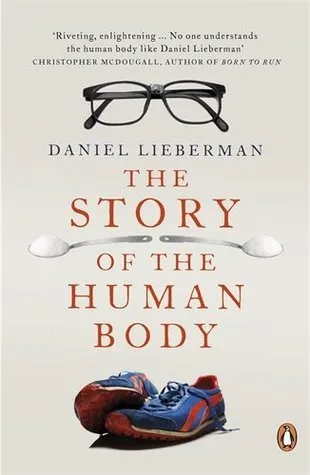The Story of the Human Body
Evolution, Health and Disease
(Author) Daniel LiebermanThis book explores how the way we use our bodies is all wrong. From an evolutionary perspective, if normal is defined as what most people have done for millions of years, then it's normal to walk and run 9-15 kilometers a day to hunt and gather fresh food which is high in fibre, low in sugar, and barely processed. It's also normal to spend much of your time nursing, napping, making stone tools, and gossiping with a small band of people. Our 21st-century lifestyles, argues Dan Lieberman, are out of synch with our stone-age bodies. Never have we been so healthy and long-lived - but never, too, have we been so prone to a slew of problems that were, until recently, rare or unknown, from asthma, to diabetes, to - scariest of all - overpopulation. This book asks how our bodies got to be the way they are, and considers how that evolutionary history can help us evaluate how we use our bodies.
Daniel Lieberman
Daniel Lieberman is an American paleoanthropologist and professor of human evolutionary biology at Harvard University. He is best known for his research on the evolution of the human body, particularly in relation to endurance running and the biomechanics of barefoot running. Lieberman's work has had a significant impact on our understanding of how humans have evolved to be the way they are today.
One of Lieberman's most famous works is his book "The Story of the Human Body: Evolution, Health, and Disease," in which he explores how our evolutionary past influences our health and well-being in the modern world. His writing style is clear and accessible, making complex scientific concepts understandable to a wide audience. Lieberman's contributions to the field of human evolutionary biology have helped shape our understanding of the human body and its adaptations over time.



